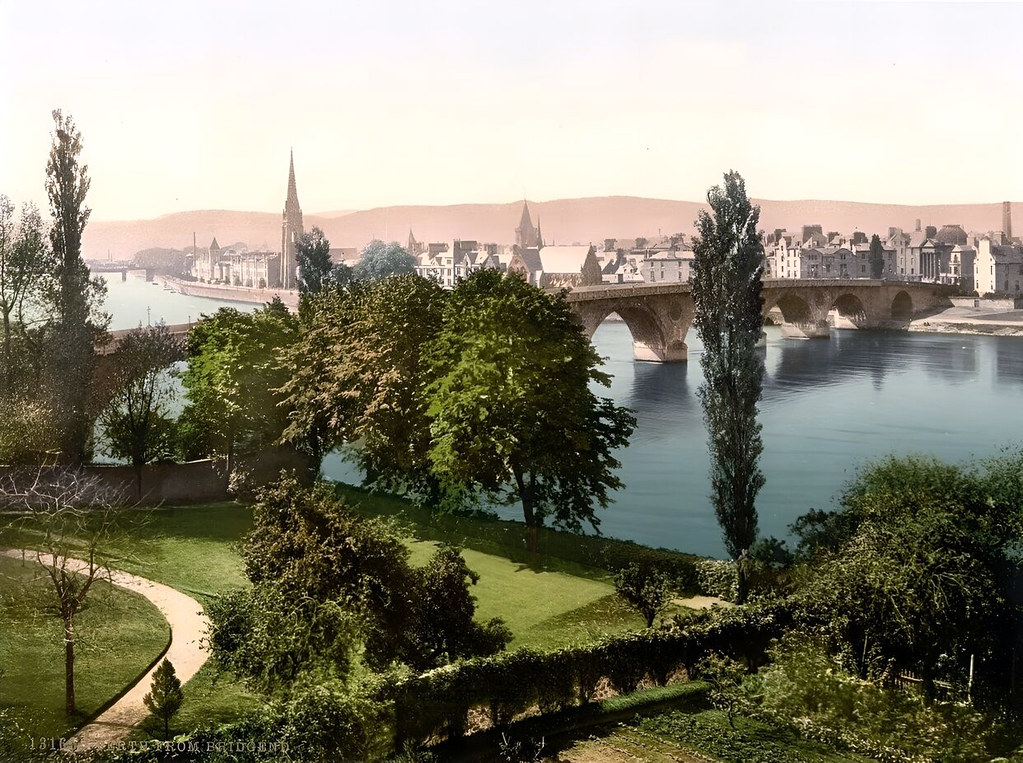Within a single generation, the Victorians built a vast railway network connecting nearly every town in Scotland.
Imagine a Scotland shrouded in mist, the only sounds the mournful cry of bagpipes and the rhythmic clop of hooves on cobbled streets. That was the reality before the industrial age dawned, before the Victorians, fueled by ambition and innovation, weaved a web of steel across the rugged landscape.
continue reading …
The late 19th century saw Scotland transformed by the railway revolution, its isolated towns and cities tethered by tracks that snaked through valleys and soared over viaducts.
It wasn’t a simple feat. Mountains had to be pierced with tunnels, rivers bridged with daring structures, and the very land wrestled into submission. The Highland Railway, a 442-mile behemoth, carved its path through the granite spine of the north, defying blizzards and treacherous terrain. Steam-powered locomotives, marvels of engineering in themselves, snorted and puffed, conquering gradients that would make a mountain goat wince.
This wasn’t just about connecting dots on a map. The railways were arteries, pumping life into the Scottish economy. Coal from the Lowlands found its way to hungry furnaces in Glasgow and beyond, while the bounty of the Highlands – fish, grain, and the famed Blackface sheep – reached markets far beyond the reach of horse and cart. Tourism, too, blossomed. Victorian gentlemen seeking a touch of the wild could now whisk themselves north in luxurious carriages, gazing at the brooding beauty of Loch Ness from the comfort of their seats.
But the impact wasn’t just economic. The railways shrunk Scotland, bringing communities closer. Highlanders who had known only their glens could now rub shoulders with city dwellers, exchanging stories and cultures over steaming cups of tea. News and ideas travelled at the speed of steam, accelerating a sense of national identity. Children from remote villages could attend universities in faraway cities, dreams no longer shackled by geography.
The railway age wasn’t all sunshine and iron bridges. Environmental scars were left, communities disrupted, and lives lost in construction accidents. Yet, the sheer audacity of the endeavor, the way it reshaped Scotland both physically and socially, leaves an undeniable mark. Today, those Victorian iron veins, still humming with trains, stand as a testament to the spirit of a bygone era, a reminder that even the most rugged landscapes can be tamed by the relentless march of progress.
Relax and soak up the magic of this enchanting country of castles, lochs, and gothic cities.
Listen to this 19th-century Scottish ballad called “Time Wears Awa” by Thomas Elliot as you meander through these beautiful colorized images from the 1890s.
Time wears away error and polishes truth in this thought-provoking song of love and growing old together.

































